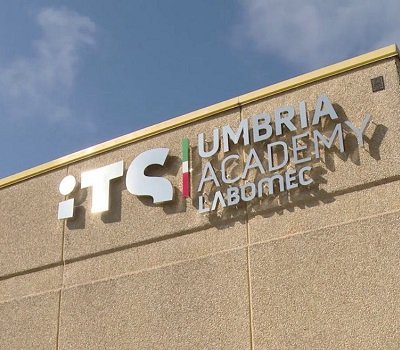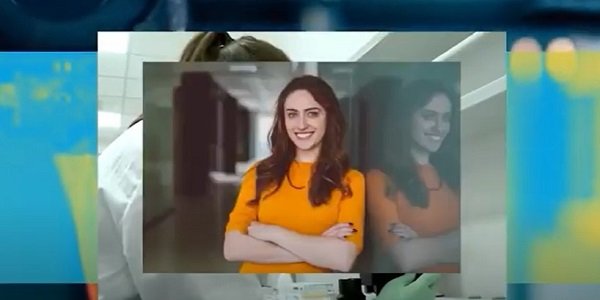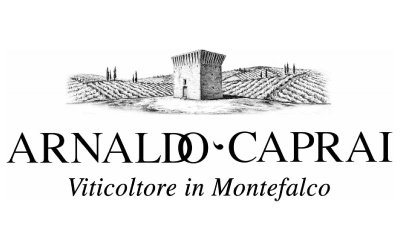Cantina Caprai and ITS Umbria untether the world of agriculture with a vineyard digitization project.
La
Caprai Winery
of Montefalco has consolidated a collaboration of more than 10 years with the
ITS Umbria
, serving as a classroom for students in training at the institute. This partnership represents a valuable window into the world of work, with a faculty composed of entrepreneurs, carefully selected based on the courses offered. Marco Caprai and his company are key elements within this context, constituting a key reference point in the wine sector.
Entrepreneurship, agriculture and digitalization are the central pillars of the project supported by Marco Caprai, representing a crucial vanguard for progress in the field of viticulture. He is the one who explains how the project works.
DoctorWine: ITS aims to be a link between the world of work and education. Can you tell us how this system is structured?

Marco Caprai: ITS, Istituto Tecnico Superiore, is a kind of academy, a two-year school-to-work alternation course With 800 hours of practice in companies per year. The particular thing is that there is no real teaching staff. Annually, according to the collaborations with enterprises, the cooperation of faculty members who belong to the business world is sought. All in order to bring in the latest innovations that exist in businesses, or those that will come in the future. Considering the Technological revolution that agriculture will experience in the next decade, this thing is extremely useful in equipping companies with trained personnel and allowing entrepreneurs to have a pool to draw on of young people, who know the new technologies and who will have the responsibility of taking the baton from those who have worked in this sector up to now.
DW: What is the employment rate of kids coming out of ITS?
MC: The entire ITS Umbria Foundation, including agribusiness, has been very successful. We have areas of ITS Umbria that also have the 98-99% employed. And the same agribusiness course in viticulture had more than 90 percent employment. It is that missing link that exists between the world of work and education.
DW: You presented the digital vineyard. What is it all about?
MC: ITS Umbria, through the PNRR, has submitted a project in collaboration with our company to create a digital vineyard. Through some of the most advanced sensor technology, all the information that will be needed to make appropriate operational choices can be obtained. By this is meant the treatments in the vineyard, adjusted according to whether it is conducted organically or conventionally, for example; or the supply of water, regulated both in terms of quantity and time. The data collected can also give information about the plant’s nutrient needs, prevent spring frost, deal rationally with an adversity o schedule the optimal period of harvest. So a vineyard that will be monitored day and night.”
DW: Many, in talking about digitization, fear in a replacement of the professional.
MC: I would rather speak of an evolution of this figure. The role and presence of theagronomist, speaking of viticulture, will always remain crucial, but its work will be facilitated. All information that these systems retrieve will always need to be monitored and converted into actions to be taken. This is also the task of the Academy, train future professionals who will need to have digital skills, as well as agronomic. Everything is aimed at having as little impact on the environment as possible, but also on the economy and growth.

DW: So is this a new professionalism that you are proposing to the younger generation?
MC: The project targets the latest generation who, unlike their predecessors, are born in a highly digitized age. In addition, we will carry out this project in collaboration with Xteam, the most advanced cutting-edge information-gathering company in Italy that has some of the most advanced technology. With them, we will try to create this group of young people who can also be employed on farms to help the entrepreneur, who often has physiological gaps in their approach to these tools, digitize their agricultural enterprise.
DW: How soon will we have the first digital vineyard wine?
MC: We will start with a pilot vineyard, where we planted different varieties to refine the study and obtain more information, chosen for some particular soil and climate characteristics. Here we are going to shortly assemble a part of sensors And we will start collecting the new data. We obviously have a good portion of factors monitored as early as the winter season. By the way, we also have now about twenty years of collected data of our company thanks to the Smart Weather project, a project started in 2014 by our company, which has been adopted at the consortium level for a few years and which some companies have now decided to continue. This is also related to ITS and a group of young people who manage this data supported of course by a team of experts. Beyond vineyard monitoring, I would like to reiterate that in order to get the maximum yield from these tools, what matters is the application on the ground., the sharing of results obtained by individual companies and the development of strategies that can be shared with everyone.”



